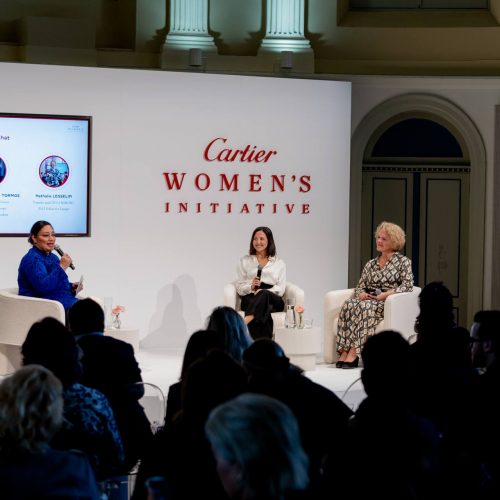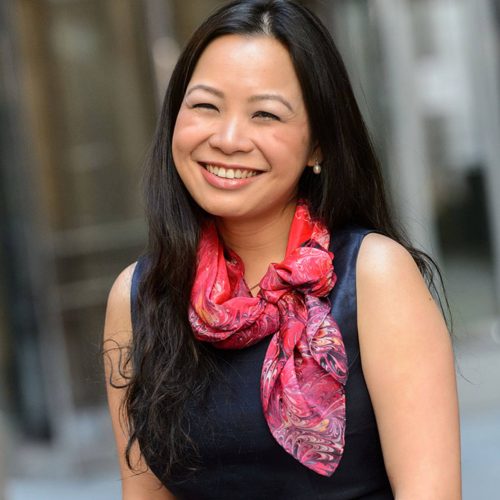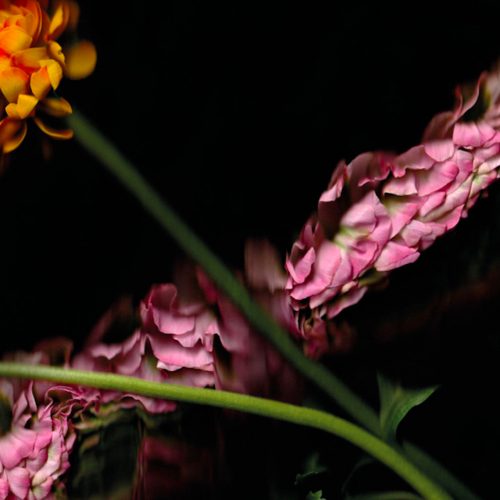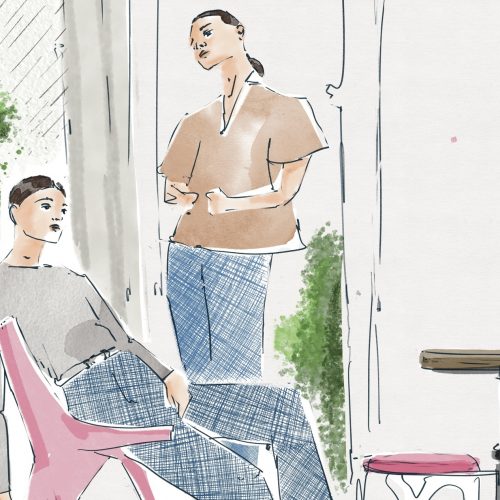Minimalism, the groundbreaking art movement, went Southeast Asia
National Gallery Singapore closed last 14th of April the first Minimalism exhibition in Southeast Asia in collaboration with ArtScience Museum. “Minimalism: Space. Light. Object”. Over 130 works explored the history and legacy of this ground-breaking art movement, which continues to influence a wide range of art forms and practitioners across the world today.
How art struggles to get maximum meaning in the simplest possible form? We usually think of art as representing an aspect of the real world (a landscape, a person, or even a tin of soup!); or reflecting an experience such as an emotion or feeling. But, with minimalism, no attempt is made to represent an outside reality, the artist wants the viewer to respond only to what is in front of them. The medium, (or material) from which it is made, and the form of the work is the reality. The difficulty of simplicity!
“What you see is what you see” –minimalist painter Frank Stella famously said about his painting. Minimalism became a radical turning point in the history of 20th-century art, stepping away from the experience of art as an object, to the consideration of the spatial, social and political contexts in which art exists. “Everything should be made as simple as possible, but not simpler” – says the comment often attributed to Albert Einstein.
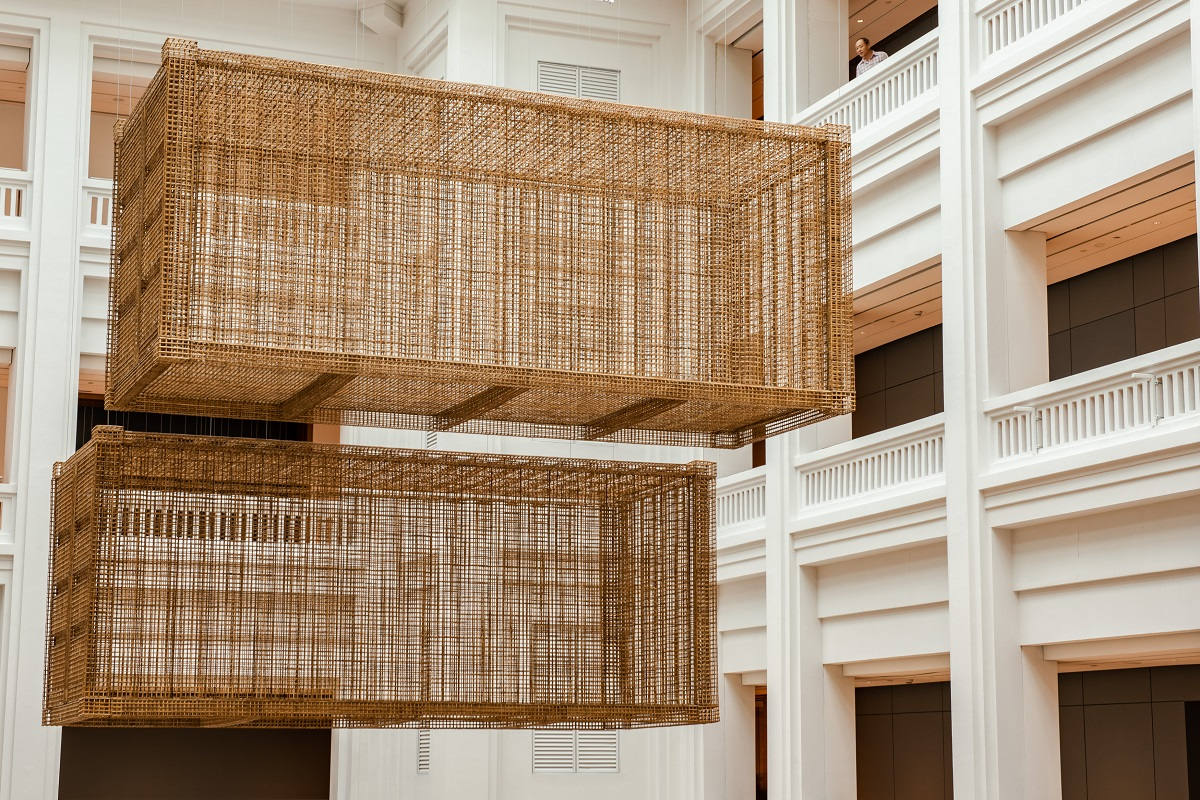
Sopheap Pich Cargo 2018. Bamboo, rattan and metal. 2 parts, each 253 x 597 x 244 cm. Collection of the artist. © Sopheap Pich. This work was commissioned by National Gallery Singapore for Minimalism: Space. Light. Object. Photograph by National Gallery Singapore.
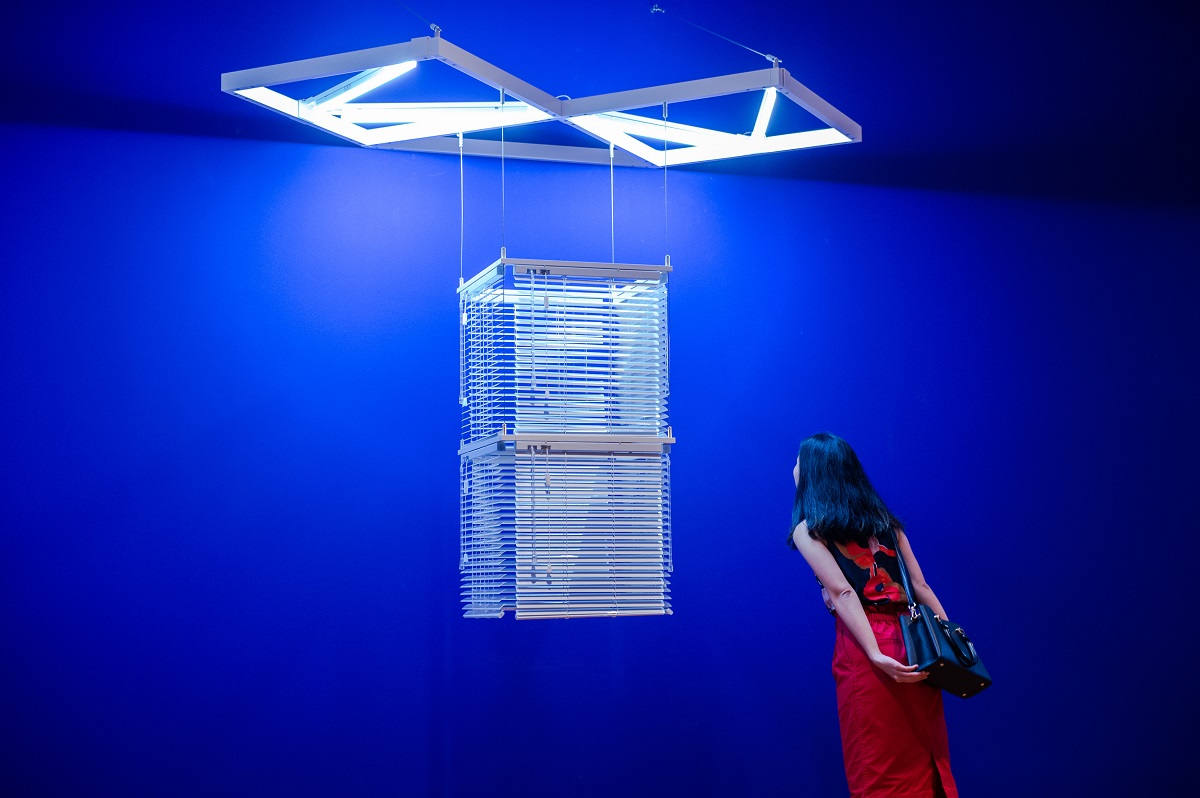
Haegue Yang. Sol LeWitt Upside Down – Double Modular Cube, Scaled Down 29 Times. 2017. Aluminium venetian blinds, powder-coated aluminium hanging structure, steel wire rope, LED tubes and cable. 155 x 204 x 104 cm. Private collection, Taipei. © Haegue Yang. Photo by National Gallery Singapore.
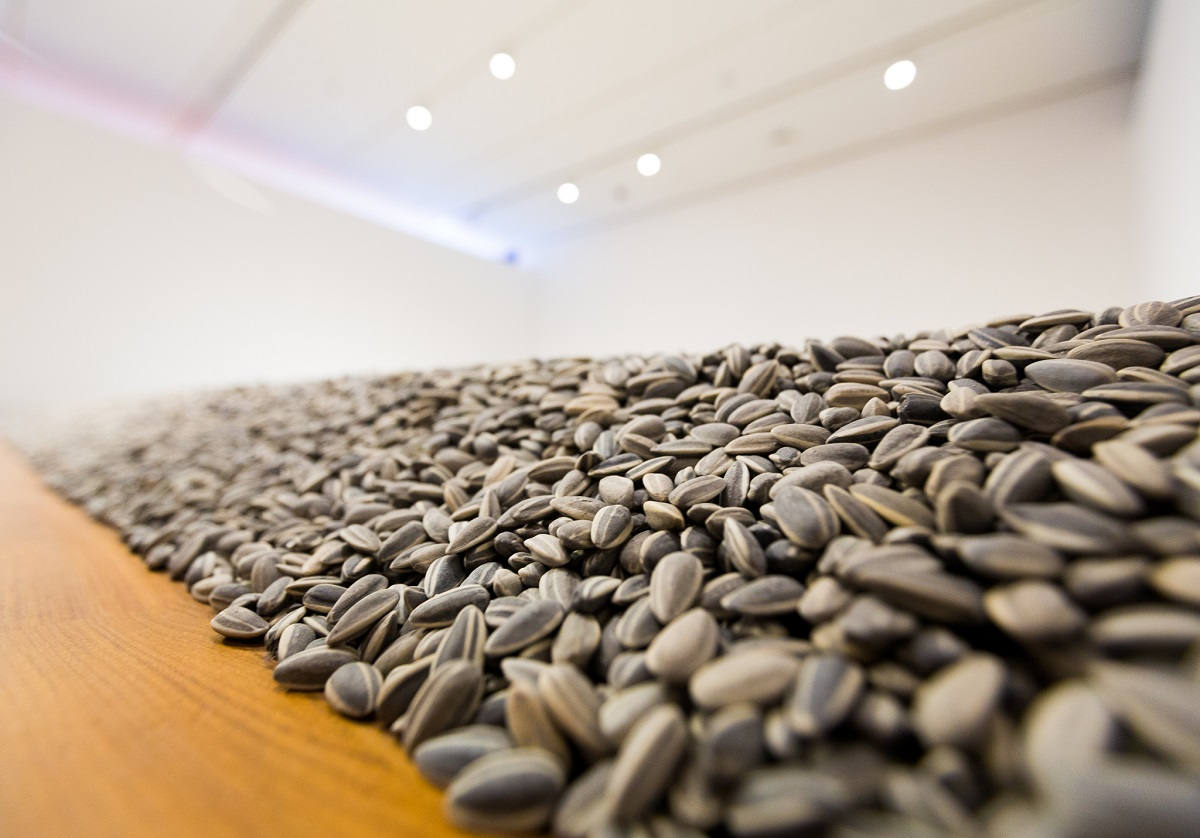
Ai Wei Wei. Sunflower Seeds 2010. Porcelain. Display dimensions variable. Purchased with assistance from Tate International Council, the American Patrons of Tate, the Art Fund, and Stephen and Yana Peel 2012. Collection of Tate. © Ai Weiwei. Photograph by National Gallery Singapore.
Last 14th of April National Gallery Singapore closed the first Minimalism exhibition in Southeast Asia in collaboration with ArtScience Museum. “Minimalism: Space. Light. Object”. Over 130 works explored the history and legacy of this ground-breaking art movement, which continues to influence a wide range of art forms and practitioners across the world today.
The exhibition provided a re-examination of Minimalism’s origins, broadening the scope beyond New York to consider related tendencies around the world. A key aspect was the ongoing engagement of Minimal art with Asian art and spirituality in the work of Asian, American and European artists.
The Gallery’s exhibition explored the development of Minimal art and ideas from the 1950s to the present day, tracing its shift from painting to sculpture and then to spatial installations and immersive environments. It featured works by some of the most significant artists of the past 70 years, including Mark Rothko (USA, 1903- 1970), Donald Judd (USA, 1928-1994); Yayoi Kusama (Japan, 1929- ); Charlotte Posenenske (Germany, 1930-1985); Lee Ufan (Korea/Japan 1936- ); Olafur Eliasson (Denmark/Iceland, 1967- ); Anish Kapoor (India/UK 1954- ); Ai Weiwei (China, 1957- ); Po Po (Myanmar, 1957- ) as well as Singaporean artists Kim Lim (1963- 1997) and Tang Da Wu (1943- ).
Also, ArtScience Museum presented a thematic exhibition exploring form, colour and spirituality, including the work of influential artists such as Carmen Herrera (Cuba-USA, 1915- ); Mona Hatoum (Lebanon/UK, 1952- ) and Richard Long (UK, 1945- ) as well as contemporary artists Song Dong (China, 1966- ); Tan Ping (Chi- na, 1960- ); Charwei Tsai (Taiwan/France/ Vietnam, 1980- ) and teamLab (Japan, 2001- ). Singaporean artist Jeremy Sharma (Singapore, 1977- ) was also showcasing his new commission at the exhibition. ArtScience Museum also explored the impact and legacies of minimalist sound and experimental composition within a dedicated Sound Room.
Throughout the duration of the exhibition, special programes at both venues featured music, films, dance and interactive installations, showing the close engagement of other art forms with Minimalism.
This article is part of our Print Magazine #1, available here.
+ info: National Gallery Singapore

